The world of Romantic piano miniatures unfolds like a whispered secret between composer and listener, where grand emotions are distilled into fleeting moments of crystalline beauty. These intimate musical utterances, seldom longer than a few pages, contain multitudes - storms of passion, tender confessions, and landscapes painted in delicate arpeggios. Unlike the architectural grandeur of sonatas or the technical display of etudes, these poetic fragments speak in sighs and sudden illuminations, capturing the Romantic soul's yearning for the infinite within finite measures.
Chopin's nocturnes remain the quintessential embodiment of this art form, their bel canto melodies unfolding with the spontaneous grace of improvised poetry. The F-sharp Major Nocturne, Op.15 No.2 floats between dream and wakefulness, its middle section erupting in dark turbulence before subsiding into the original theme - now transformed by memory. Schumann's Kinderszenen takes us elsewhere, to that elusive borderland between childhood innocence and adult nostalgia. In "Träumerei," simple harmonies achieve profound emotional resonance through the alchemy of understatement, proving that profundity need not shout.
The very brevity of these works becomes their strength. Like haiku or sonnets, their formal constraints inspire rather than limit creativity. Grieg's Lyric Pieces capture Norwegian fjords and folk dances in miniature, while Liszt's Consolations strip away his usual virtuosic fireworks to reveal startling vulnerability. Even Brahms, often associated with dense structural complexity, composed intermezzi of aching intimacy - the Op.117 set serving as lullabies not just for sleep, but for life's unanswerable sorrows.
Modern interpreters face particular challenges with this repertoire. The score's apparent simplicity often conceals emotional and technical pitfalls. Russian pianist Maria Yudina once compared performing Schumann's Kreisleriana to "walking on eggshells while carrying dynamite" - a perfect description of the genre's delicate balance between control and abandon. Too much rubato sentimentalizes; too little sterilizes. The left hand must breathe life into accompanimental figures without overshadowing the right hand's poetic discourse.
Contemporary composers continue this tradition while expanding its boundaries. Thomas Adès's Darkness Visible transforms a Dowland lute song into shimmering overtones, and Unsuk Chin's Piano Etudes blend Romantic expressivity with spectralist techniques. These works prove the piano miniature remains vital - not as museum pieces, but as living conversations across centuries about what it means to be human.
Perhaps the greatest mystery of Romantic piano miniatures lies in their paradoxical nature: ephemeral yet enduring, technically modest yet emotionally vast. They remind us that art's power isn't measured in decibels or duration, but in its capacity to make time stand still. When played with understanding, these brief encounters leave echoes that resonate long after the final chord fades - like moonlight lingering in an empty room at dawn.

By /Jul 25, 2025

By /Jul 25, 2025

By /Jul 25, 2025
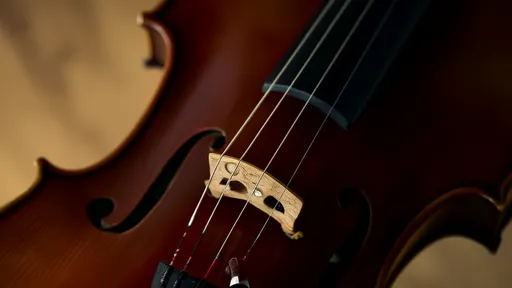
By /Jul 25, 2025

By /Jul 25, 2025

By /Jul 25, 2025

By /Jul 25, 2025
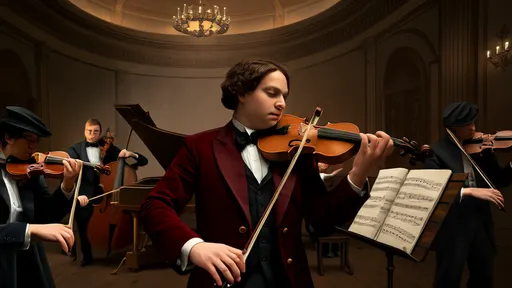
By /Jul 25, 2025

By /Jul 25, 2025
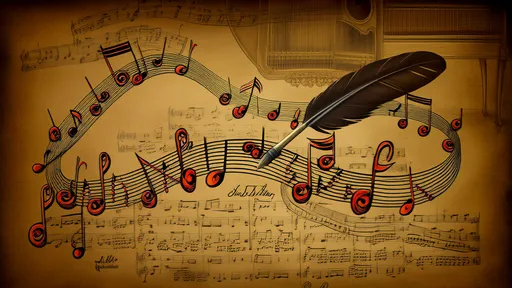
By /Jul 25, 2025
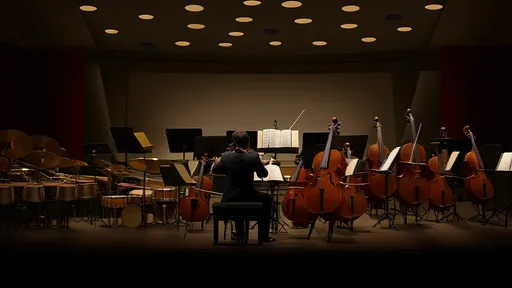
By /Jul 25, 2025

By /Jul 25, 2025

By /Jul 25, 2025
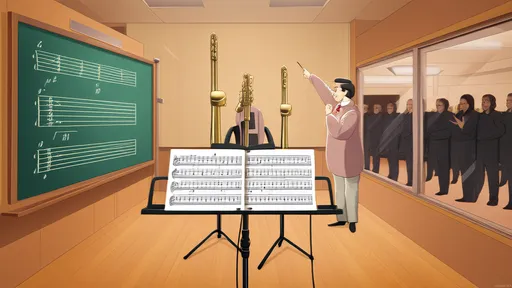
By /Jul 25, 2025
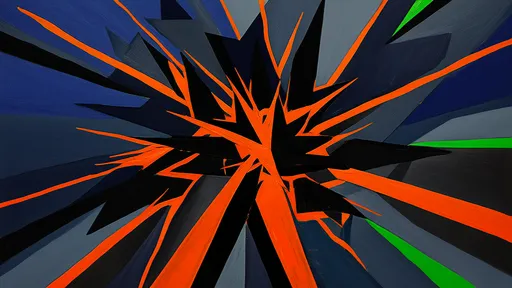
By /Jul 25, 2025
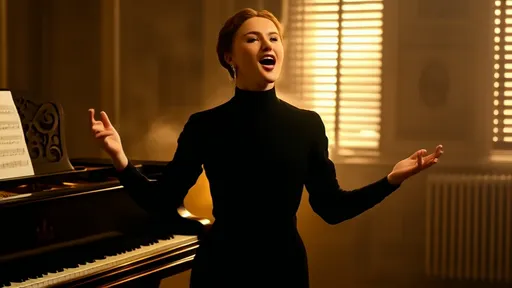
By /Jul 25, 2025
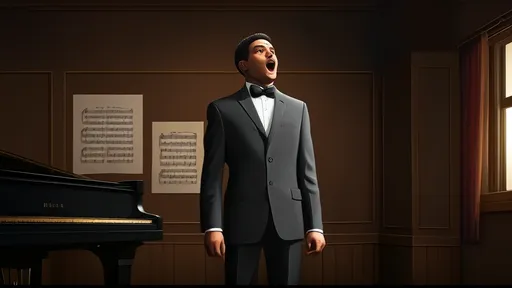
By /Jul 25, 2025

By /Jul 25, 2025

By /Jul 25, 2025
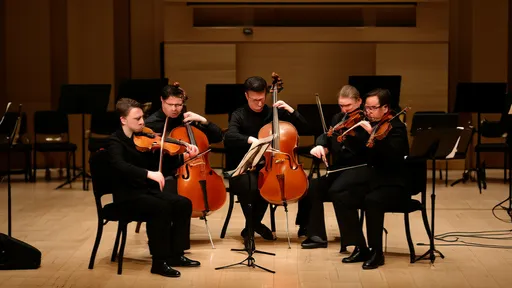
By /Jul 25, 2025